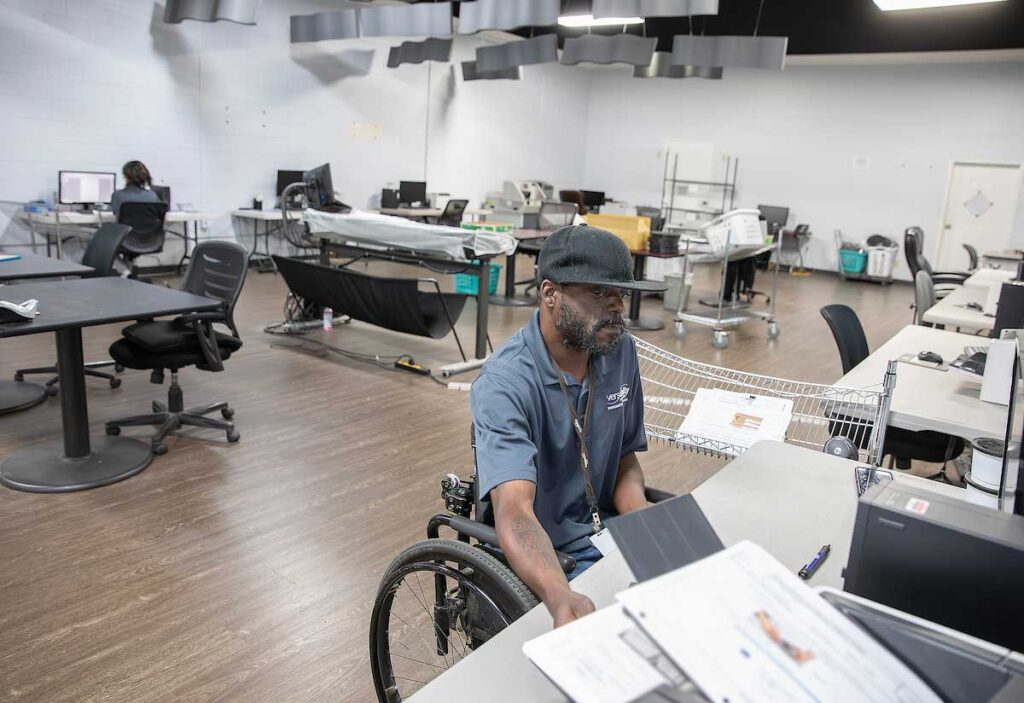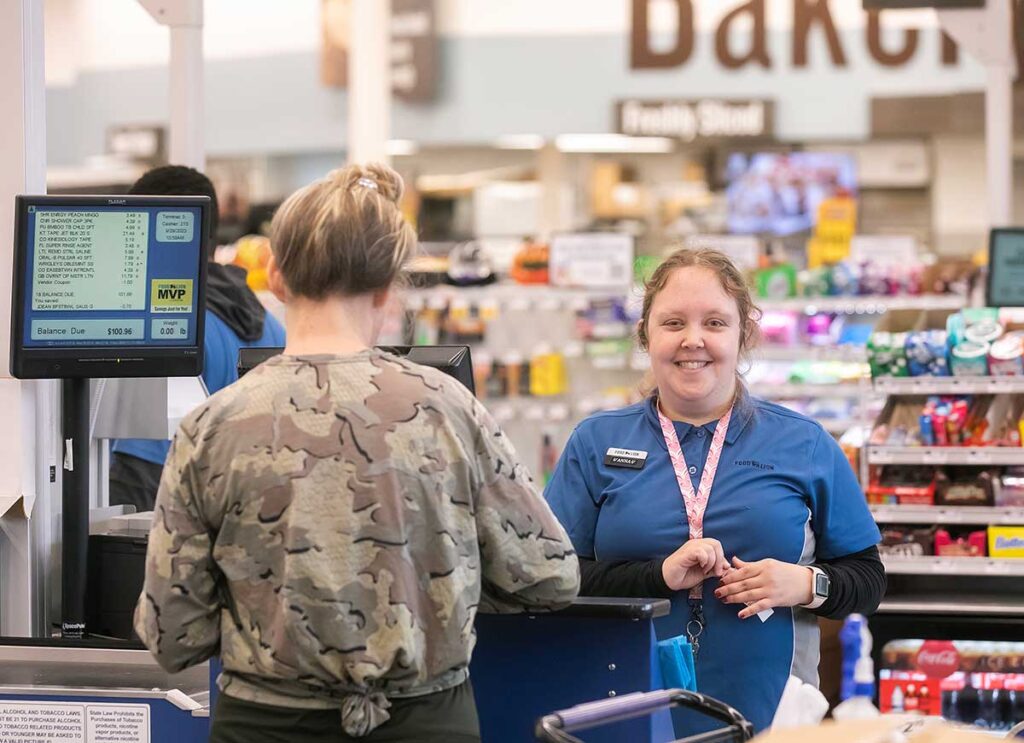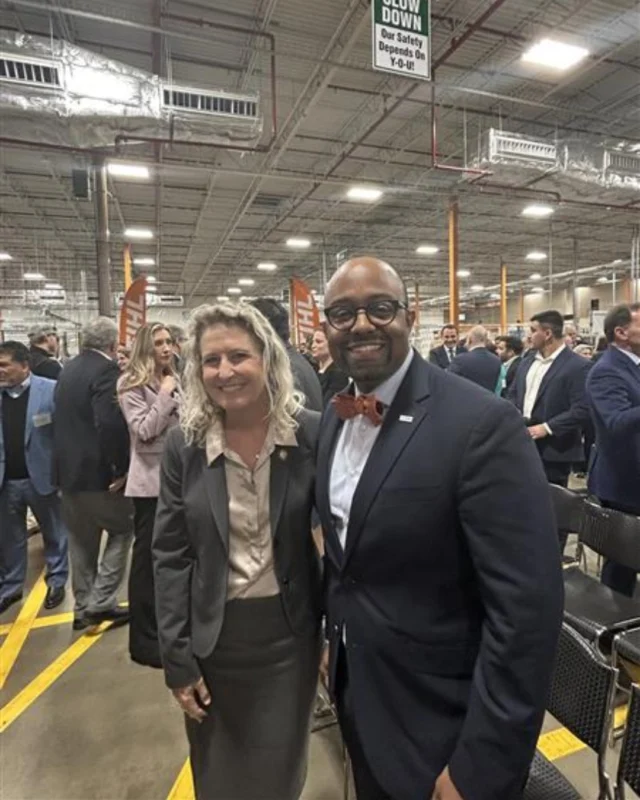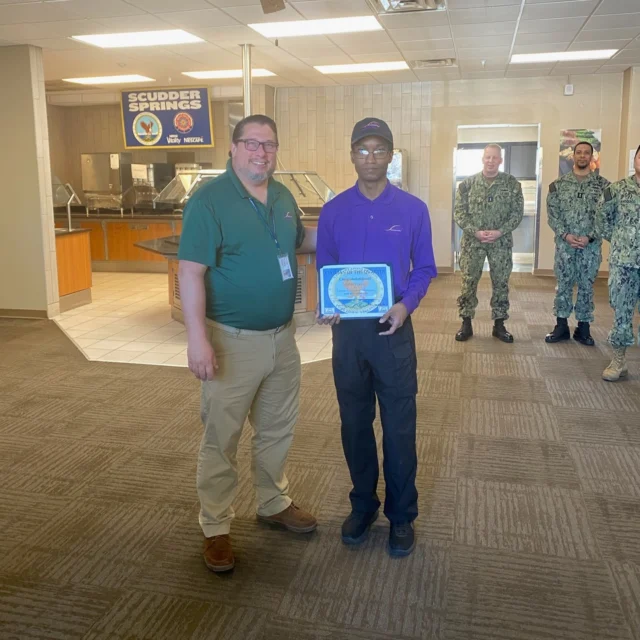
Expand and Strengthen Work Opportunities
Goal 1.
Optimize Commercial Work
Strategy 1. Create a healthy and financially sustainable mix of commercial contracts to attract and retain employees with disabilities.
Tactic 1: Cross train employees to have flexibility to work where needed.
Tactic 2: Scale number and size of contracts based on ability to recruit and hire employees with disabilities.
Tactic 3: Modernize infrastructure and technology to increase efficiency and attractiveness of job opportunities.
Tactic 4: Analyze financial performance of all current contracts to establish new goals and objectives.
Strategy 2. Maximize use of Copeland facility as an asset owned by VersAbility.
Tactic 1: Optimize space utilization by redistributing or relocating work and activities.
Tactic 2: Identify and market space available for lease.
Tactic 3: Identify and assess additional work and training programs that are suited to excess space.

Goal 2.
Support Stellar Performance on Government Contracts
Strategy 1. Support success of new subcontractors on Air Force CONUS Enterprise Postal Services contract.
Tactic 1: Provide Facility Security Officer (FSO) support to subcontractors as needed.
Tactic 2: Recruit, hire, and train Program Manager, Assistant Program Manager, and Accountant.
Strategy 2. Consistently meet AbilityOne ratio requirements.
Tactic 1: Recruit, hire, and train qualified AbilityOne employees to fill vacancies within Government Contracts.
Strategy 3. Monitor performance to ensure federal regulatory compliance.
Tactic 1: Conduct daily Quality Assurance reviews for each government contract.
Tactic 2: Contract Managers will monitor contract compliance as identified by the Performance Work Statement.
Strategy 4. Comply with AbilityOne program and policy changes.
Tactic 1: Remain informed of new and upcoming regulatory changes to update internal policies and procedures.
Tactic 2: Ensure key personnel implement required operational changes.
Strategy 5. Prepare for potential competition of ship provisioning contract.
Tactic 1: Increase direct labor staffing to improve timelines in the delivery of services.
Tactic 2: Maintain rapport with contracting office personnel to ensure performance concerns are addressed timely and the government customer is aware of operational barriers that affect service delivery.
Tactic 3: Build a new pricing model in 2024 to forecast the effect of contract pricing on the organization.
Strategy 6. Build team capacity by filling key positions, cross-training, and succession planning.
Tactic 1: Identify and cross train internal candidates and have them shadow key position staff for succession planning.
Tactic 2: Recruit, hire, and train internally and externally to fill key positions.
Strategy 7. Provide support to transition five percent (5%) of employees with disabilities to higher-paying jobs.
Tactic 1: Create a support position to assist employees with disabilities in developing and implementing career plans.

Goal 3.
Expand Future of Work in both Delivery of Training and Systems Change
Strategy 1. Increase the number of training and career fields from three to five.
Tactic 1: Identify in-demand fields in Hampton Roads and match with interests of transitioning students.
Tactic 2: Evaluate and establish agreements with the best training and education providers for new fields.
Strategy 2. Increase the number of training partners and locations to a minimum of four.
Tactic 1: Secure agreements with new partners in expanded geographic areas.
Tactic 2: Provide coaching support for new partners.
Tactic 3: Provide disability awareness training for current and potential community partners.
Strategy 2. Diversify funding sources to serve more participants and support program growth.
Tactic 1: Secure agreements with new partners in expanded geographic areas.
Tactic 2: Provide coaching support for new partners.
Tactic 3: Provide disability awareness training for current and potential community partners.
Strategy 4. Document lessons learned and develop replicable curricula.
Tactic 1: Use information from previous cohorts to enhance future training objectives.
Tactic 2: Collaborate with SourceAmerica curriculum designers to develop training modules that can be replicated.
Tactic 3: Develop curricula for new training areas.
Strategy 5. Work with system leaders to develop scalable solutions for gaps in educational and workforce systems.
Tactic 1: Conduct series of meetings with VersAbility Board leaders to identify gaps in education and training systems.
Tactic 2: Convene community leaders to develop strategies and pilot solutions.
Tactic 3: Capture lessons learned for future replicability.

Goal 4.
Expand Supported Employment (SE) and Pre-Employment Transition Services (Pre-ETS)
Strategy 1. Increase numbers served and number and variety of employment partnerships.
Tactic 1: Develop new employment partners to expand job options.
Tactic 2: Utilize master employer list for more effective job placement.
Tactic 3: Market existing employer connections to Department of Aging and Rehabilitative Services (DARS) to increase referrals.
Strategy 2. Expand Pre-ETS in numbers and geography served.
Tactic 1: Market Pre-ETS services and Work Readiness Training curricula to school systems throughout the region.
Tactic 2: Market Pre-ETS curricula to DARS counselors throughout the region.
Tactic 3: Develop curricula for new training areas.
Strategy 3. Expand services for the deaf community.
Tactic 1: Market Pre-ETS services to DARS counselors to generate referrals of deaf individuals.
Tactic 2: Provide targeted Pre-ETS services to schools to serve more deaf students.
Strategy 4. Expand community awareness of SE and Pre-ETS services.
Tactic 1: Market SE and Pre-ETS services to regional employers and school systems to increase numbers served.






